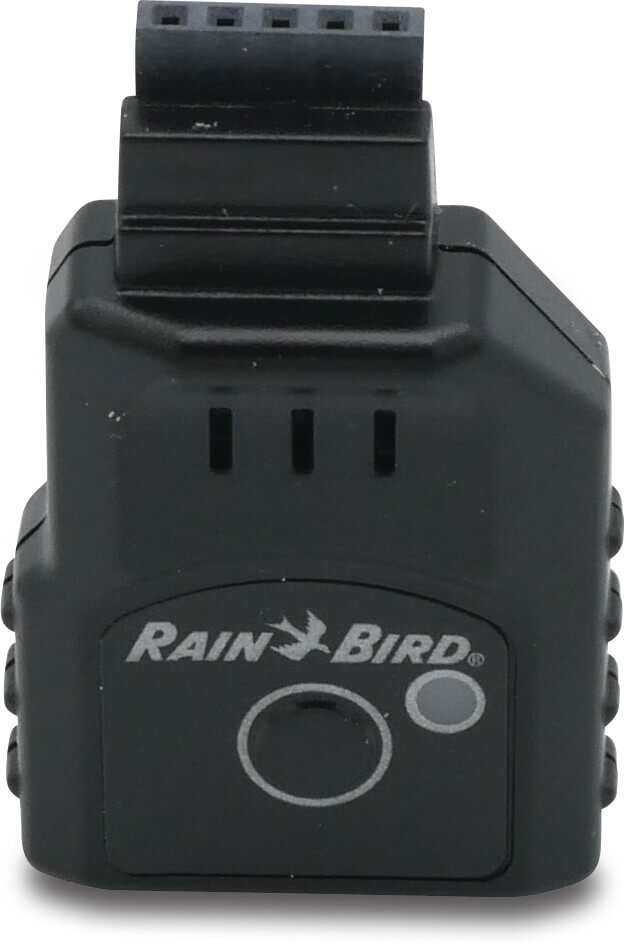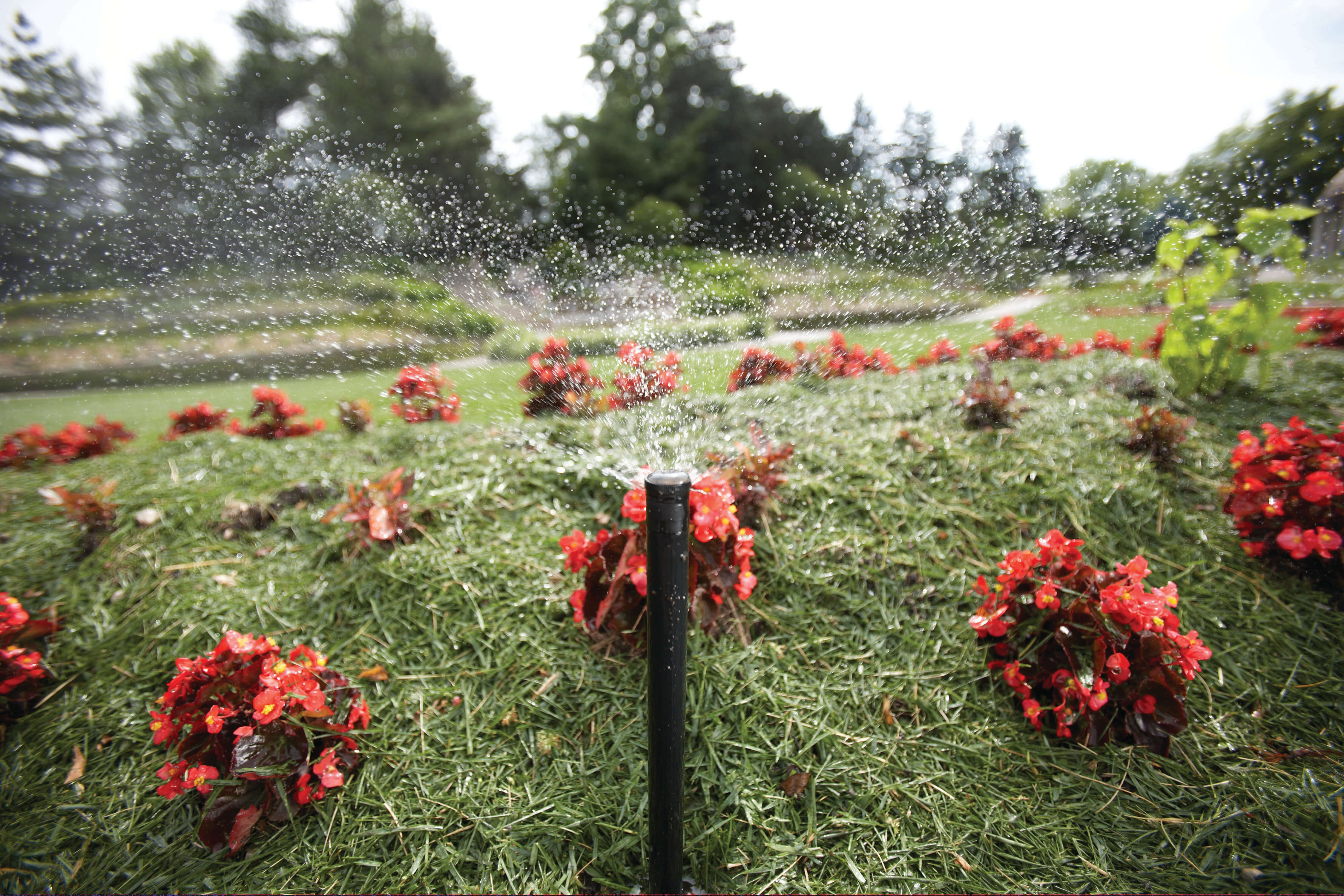Rain Bird product groups
Sustainability is at the heart of the Rain Bird brand
Rain Bird’s products and systems focus on water saving models, ensuring that there will be clean water available for generations to come.
- Installing shut-off devices that automatically detects rain or moisture helps take advantage of nature’s free watering service and conserves water to a large extent.
- The automatic pop-up sprinkler system reduces the usage of water while giving the right amount of water plants need.
Rain Bird systems keeps the landscapes looking beautiful while conserving as much water as possible.
One supplier for your garden watering projects
Rain Bird's professional products offer premium quality, are easy to install and program and are perfect for residential gardens. We offer a complete range of products for the installation of garden irrigation in parks and gardens of all sizes. From couplings to sprinklers to automation, we can support you.
Automation
To prevent excessive moisture and mold growth, it is always best to water your garden in the morning. But who wants to get up before sunrise every day to turn on the irrigation system? That's exactly why many people install automated irrigation systems.
Advantages of drip irrigation
Advances in drip irrigation technologies allow their use in areas with different configurations and in complex terrain, including steep slopes, that do not require careful planning. Drip irrigation is also suitable for all climate conditions.















